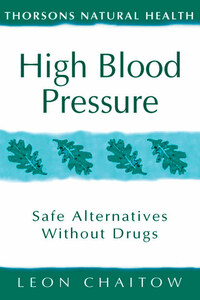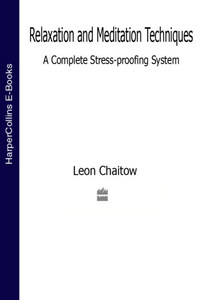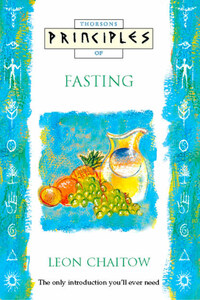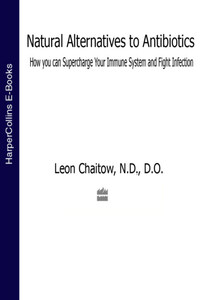The aim of this book is for you to come to a general understanding of your body, and your blood pressure in particular, as it relates to your health and your life. In so doing you will achieve insights into the marvellous manner in which the body functions and how it is possible for problems to arise in the cardio-vascular system which are directly related to factors over which you have a good degree of control. Hypertension, or as it is commonly called high blood pressure, is one indication of problems arising. It is not a disease as such but a condition which can be life-endangering, and is in fact the leading contributory cause of death in the industrialized countries of the West.
We will look at the dynamics of the cardio-vascular system, and just how blood pressure relates to health; we will investigate the major factors in our lifestyles and diets that can influence it, and above all we will delve into the ways in which problems can be avoided and overcome in this regard.
There is growing realization, in the medical world, that it is necessary for mere to be a change in attitude towards disease, away from the idea that there is a âcureâ for everything, via drugs or treatment, and towards the concept of individuals taking personal responsibility for the maintenance and regaining of health. Nowhere is this more true than in the area of hypertension, where simple alterations in diet, exercise and behaviour can often dramatically change a situation in which there is real danger, to one in which healthy function is restored.
If you want to understand what blood pressure is all about, what high blood pressure results from, and its implications; and what you, yourself, can do to avoid or reverse such a problem, then this book is designed for you.
It is not suggested that medical treatment of hypertension is always unnecessary, but it is suggested that drug treatment is frequently used when self-help methods would provide a better and safer long-term solution.
Picture the following sequence of events, which takes place within the closed circuit of the circulatory system of the body. The muscular pump, the heart, receives via the venous system blood which requires cleansing of its load of carbon dioxide (picked up as the blood passes through the body) and it pumps this to the lungs where the blood will detoxify and collect fresh oxygen for the use of the body. This oxygenated blood returns to the heart, from the lungs, and is pumped into the arteries. The arteries have a degree of elasticity, and stretch to accommodate the blood as it is pumped into them.
The amount of pressure in the artery at the moment of maximum effort of the heart (as it beats) is the first measurement taken when blood pressure is recorded. This is called systolic pressure. Pressure is maintained by the artery after the beat, whilst the heart muscle relaxes momentarily before its next effort.
The amount of pressure registered during this brief rest phase, between beats, is the other measurement taken when recording blood pressure, and it is called the diastolic pressure. This is the lowest pressure found in the arterial system after the heart has pumped the blood into it.
The pressure rises again as the heart pumps again. As we will see, anything that increases the overall pressure on the arterial system will result in the diastolic pressure being increased. This can involve a number of possible factors, including the loss of elasticity in the blood vessel walls through hardening, or increased muscular pressure resulting from stressed or tensed muscles pressing on them. Such increased pressure in the blood vessels results in the heart having to pump harder in order to force the blood through them, and the end result of this could reflect in the systolic pressure reading as well.













